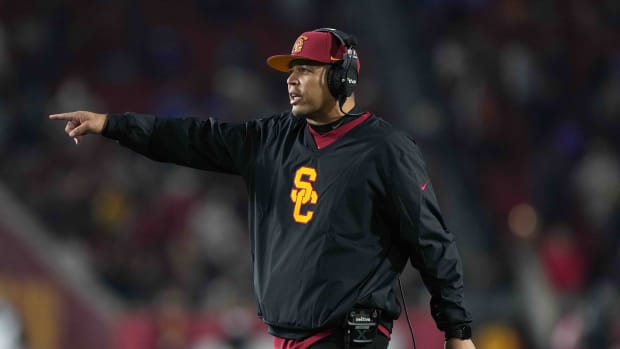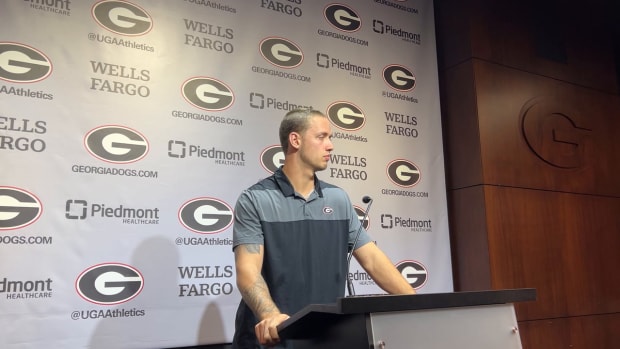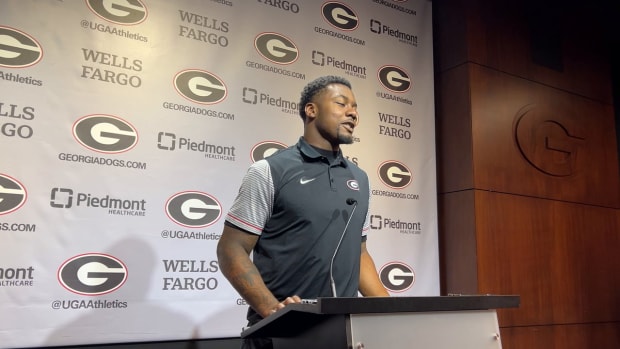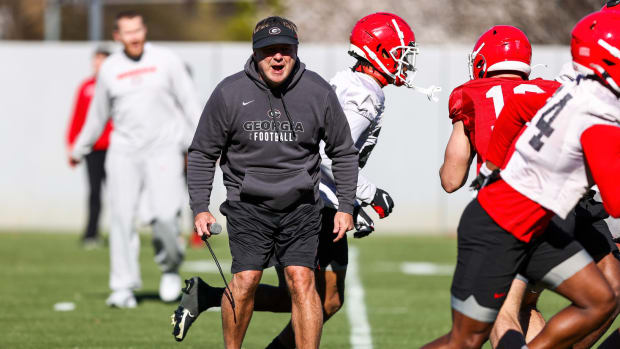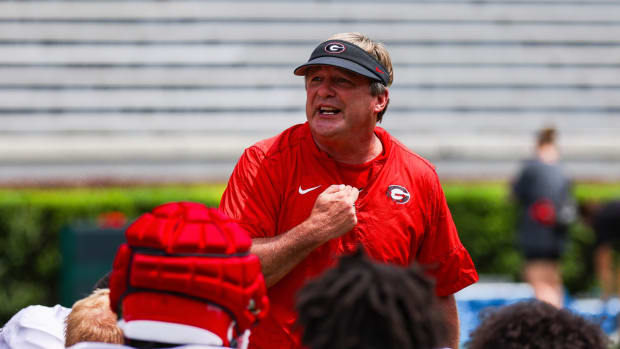Why Is It on Unpaid Athletes to Save the Financial Institution That Is College Athletics?
"We have literally a half-million student-athletes. We’ve got 1,100 different schools that participate in NCAA sports 19,000 teams, not 32. So, to me, it’s not if a student comes down with the virus, it’s when. I think it’s almost inevitable with those kinds of numbers"
Those were the words of NCAA president Mark Emmert during a CNN interview back in May of this year, and boy have they rang true.
At least 28 athletes at LSU have tested positive for COVID-19, 23 of which are football players. At Clemson recently 23 positive tests on the football team. Alabama, Florida, Auburn, Ole Miss, Florida State, Iowa State, Texas State, and Oklahoma State among several others have all reported positive tests. And those are just among the schools that are releasing the results of their testing.
Of course, with testing comes positive results, but let's call this what it is. College football is the financial lifeblood of collegiate athletics, and the importance of these young athletes to that lifeblood is on display as we speak.
Football, both college, and the NFL, is at a bit of an advantage compared to its sports peers. From an Orlando bubble in the NBA, which begins July 30, to MLB finally putting pen to paper with a 60-game season (complete with a 67-page health and safety manual), the NCAA and NFL can sit back and watch other leagues attempt to re-start their seasonal operations amid the pandemic. College football's Week 0, on the other hand, isn't scheduled until Aug. 29.
But one key difference college football has from even the NFL? Professional athletes are being paid while risking their health and safety. College football players on the other hand? Hey, at least they get a free education. Well, most of them at least.
You may be thinking, 'But these are 18-24-year-old young men with incredible immune systems, they will be fine!' In the famous words of Lee Corso, not so fast my friend.
Undiagnosed pre-existing health conditions
I don't know about you, but I didn't have a personal health physician when I was a college student, nor did I visit the doctor enough to identify any pre-existing health conditions. And as a former college football player myself, I can tell you my "comprehensive" physical given to me at the beginning of every college football season wasn't exactly comprehensive.
Since the CDC began tracking the death tolls of COVID-19 beginning in February, 125 individuals from ages 15-24 have died due to the coronavirus. Sure, the majority of the reported cases in the age demographic of collegiate athletes are asymptomatic, but if there was no risk of severe cases of COVID-19 on these players and their loved ones, would schools like Ohio State really be making players sign waivers acknowledging said risk?
It's not just the players either. Penn State's head coach, James Frankin, whose daughter was diagnosed with Sickle cell disease, will be spending the season in Florida with her mother, splitting their family apart in order to protect her compromised immune system.
Then there's the ages of many coaches and staff members at college football programs across the country. The CDC says adults 65 years old and older are at higher risk "for developing more serious complications from COVID-19," an age bracket that included Alabama's Nick Saban, UNC's Mack Brown, and Kansas's Les Miles.
There's also another question at hand: Why is it the responsibility of unpaid labor (student-athletes) to protect the entire institution of college athletics from folding amidst financial ruin?
Facilities arms race coming back to haunt
Georgia athletics grossed $176.6 million in the fiscal year of 2018, it spent $133.9M, making it one of the very few programs that left a substantial amount of revenue in a reserve account. Other programs, however, such as Texas — the highest-grossing program in the country — made $219M and spent $217M in 2018.
So, what did they spend it all on you ask? Well, $64.19M went to facilities and equipment expenses, $49.9M went to "support and admin compensation with severance", and $26.2M went to coaches compensation. Oh, and $3.2M went towards recruiting.
For the most part, there's been gross mismanagement of the income that unpaid labor has generated for these institutions, the same unpaid labor that college athletic programs all across the country are asking, nay demanding, to risk their health and safety along with the health and safety of their loved ones just to keep the machine running.
Do I want college athletics as we know it to crumble? Absolutely not. I love watching college football along with all the other amateur sports as much as any red-blooded American, but that doesn't mean I'm not made completely uncomfortable by what we are asking these players to do.
You can follow us for future coverage by clicking "Follow" on the top righthand corner of the page. Also, be sure to like us on Facebook @BulldogMaven & follow us on Twitter at @DawgsDailySI.
